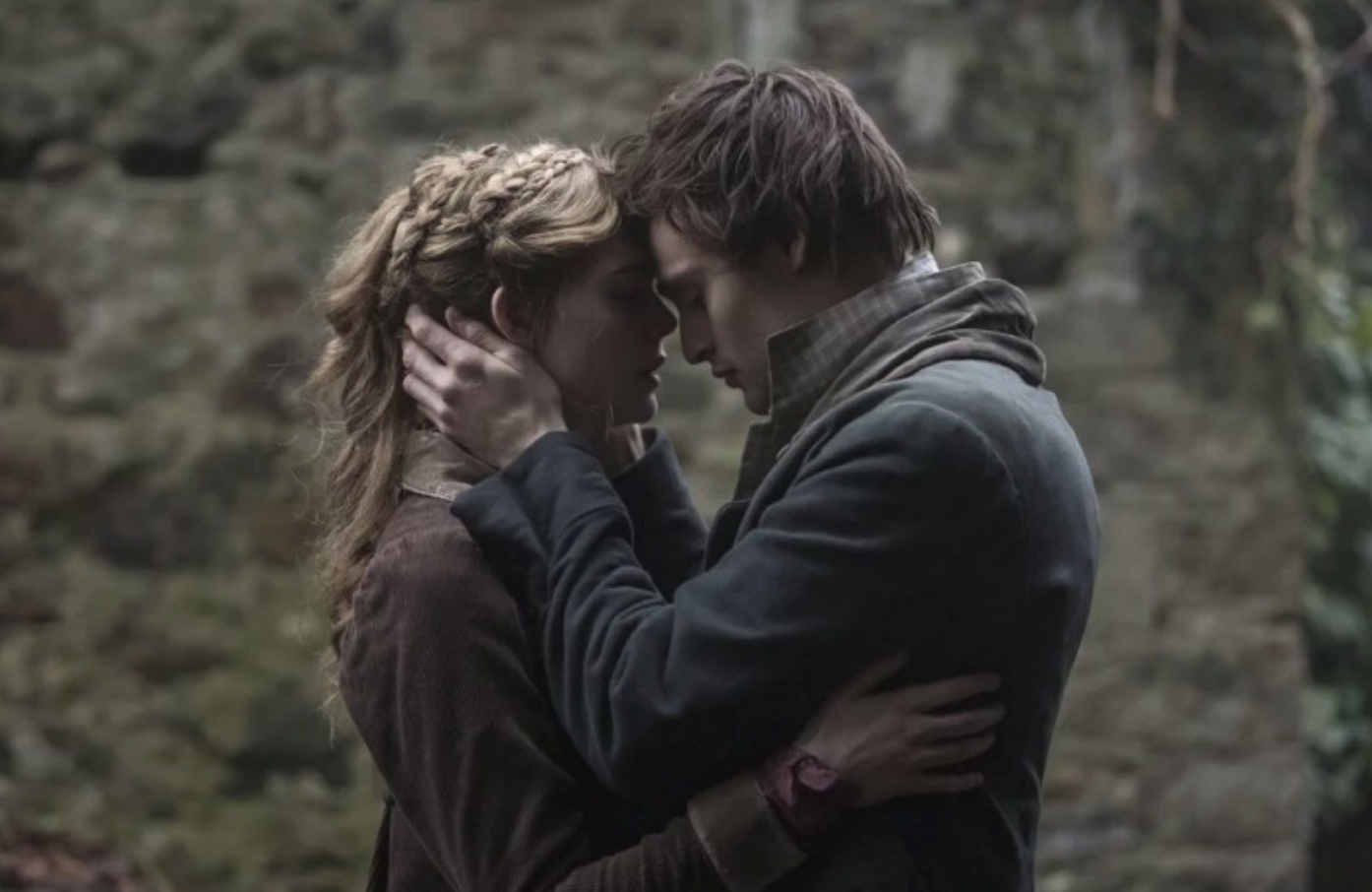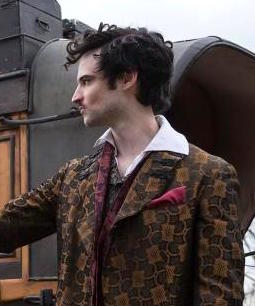by Jason Adams

In the summer of 1816 one of the most legendary of literary happenings occurred - the poet Percy Shelley and his wife Mary went to stay at the poet Lord Byron's house near Lake Geneva for the summer. Mary's step-sister Claire wrangled them an invite (or so she said) since she was having an affair with the spitefully torrid Lord himself. Also joining them at the house was the Lord's physician John Polidori, who also fancied himself somewhat of a writer. And birthed from those weeks of most gothic merrymaking was basically the entirety of the horror genre to come: Mary Shelley would come up with her lovely little monster Frankenstein, while Polidori would write "The Vampyre," the inspiration for a certain Bram Stoker a swift generation later.
The story of that time and place has been well-trod by fiction before...
Certainly most boisterous version is Gothic (1986) from director Ken Russell, a man who never met a wind machine he wouldn't violently rub his cinematic genitals back and forth against. To our great benefit! The film's ridiculous, but you'll never forget the story after watching it. And now comes the bio-pic.
Mary Shelley, starring a fine Elle Fanning, takes a more straight-forward (and somewhat dour) look at the material. It broadens the scope out to the entire romance between the poet and his wife through to her singular horror creation.
The movie makes righteous feminist hay of her gorgeously dark-minded invention. As well it ought to - she's one of a kind; a centuries-old beacon of the feminine creation unleashed. But Haifa Al-Mansour could use some of Ken Russell's liveliness. Mary Shelley's sad story could use a wind machine, or ten. While I have no doubt that the writer-director's version of Mary's grief after the death of her infant child, and the loneliness she felt thanks to her husband's strident infidelities, is more true to life... that those factors helped to birth Mary's futuristic monster? It's just... lacking some juice. You want somebody to march in and twist the knobs and crank up the little lightning balls on this sucker. Hardly any one is running through overgrown graveyards. Ain't nobody screaming "It's alive!"
 One exception is Tom Sturridge, who sashays in mid-film as Lord Byron, a roving prick in guy-liner, and steals the show for the film's lively and mean retelling of the Lake Geneva portion.
One exception is Tom Sturridge, who sashays in mid-film as Lord Byron, a roving prick in guy-liner, and steals the show for the film's lively and mean retelling of the Lake Geneva portion.
He's there to show us what the film is missing. Even the spark of invention that we see Mary get from a passing science stage show doesn't carry the wattage of Sturridge's sexy wastrel. Every other actor perks up with him there, swining his absinthe carafe, loose lipped and suavely cruel. In him, and how he sparks these characters to attention, you see how fantasy is made. Yes what monsters of men we can make, but what fun they can give us too! Mary Shelley, for all her sadness, knew that. Her bio-pic assembles all the pieces but doesn't bring them to life.
Mary Shelley is now playing in select cities.